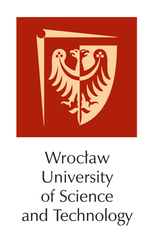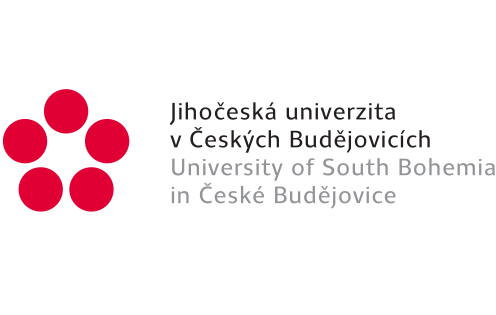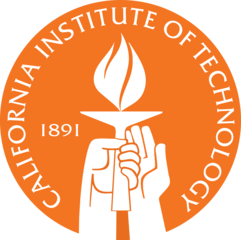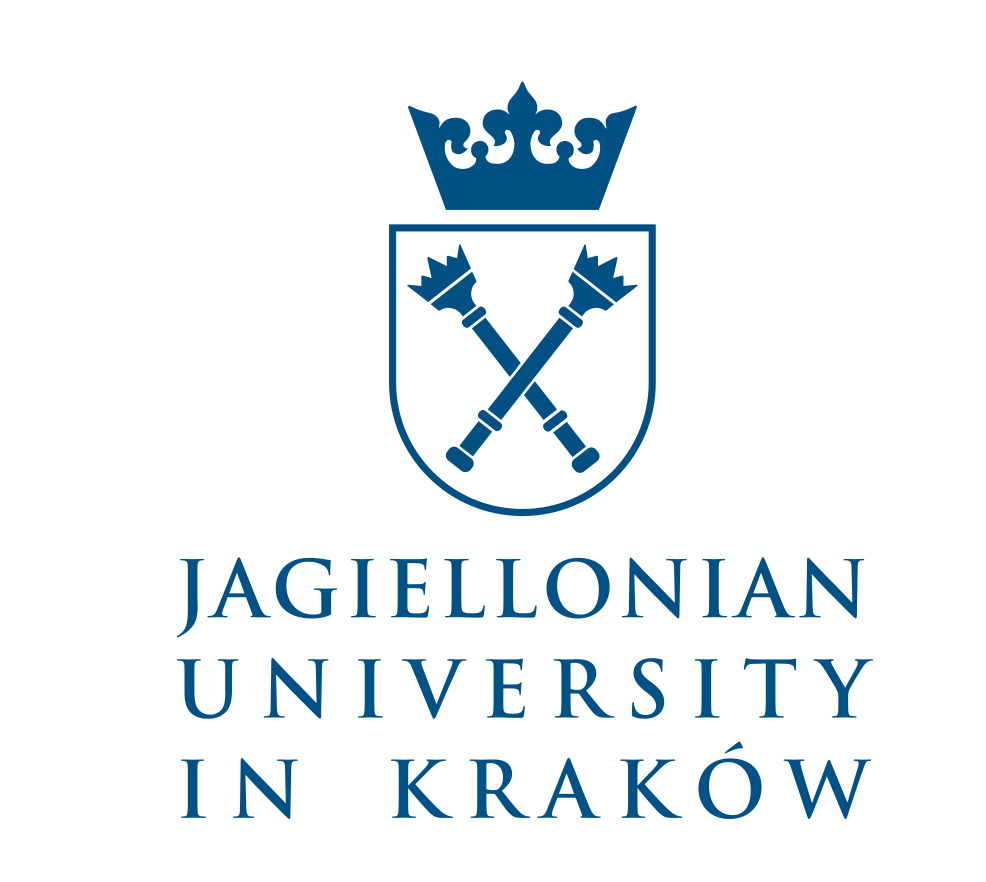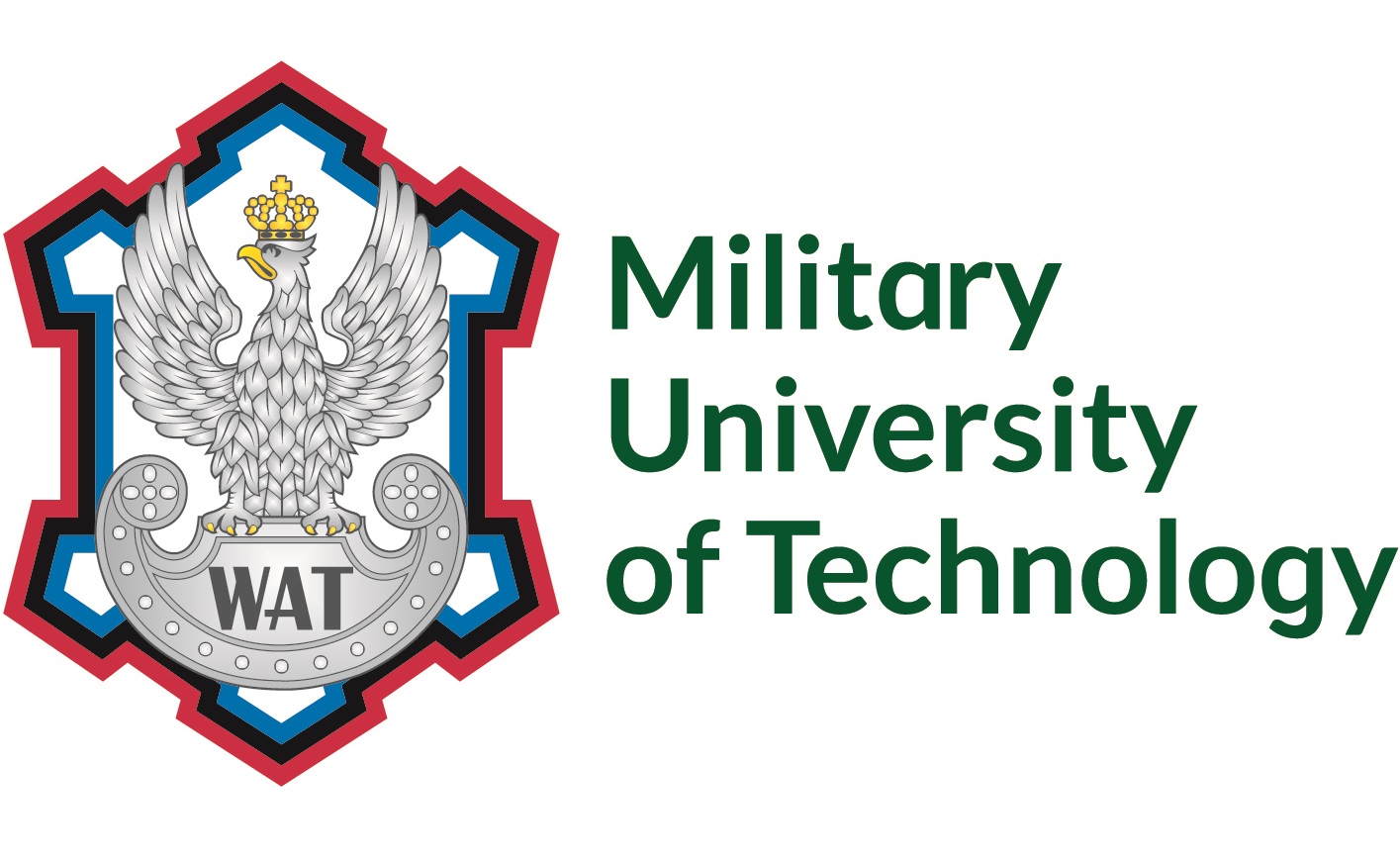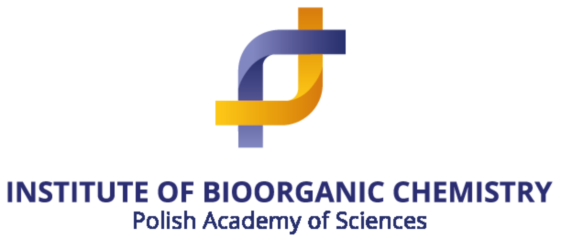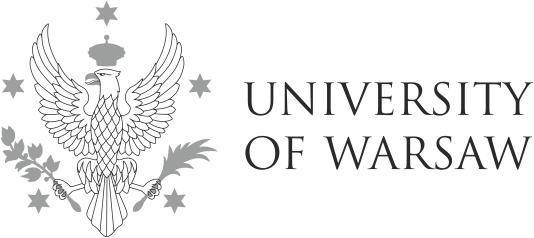Projects
Ongoing projects
MoReLogg
HYDROSTRATEG.I-0006/22
HYDROSTRATEG.I-0006/22
Integrated intelligent monitoring system limiting the migration of compounds of anthropogenic origin in rainwater retention systems
Research and development project carried out in cooperation with universities and a private company. A new one will be built as part of the project technology, demonstration installation, new jobs, Patent Applications, JCR Listed Publications, and Ownership of intellectual property to be licensed.
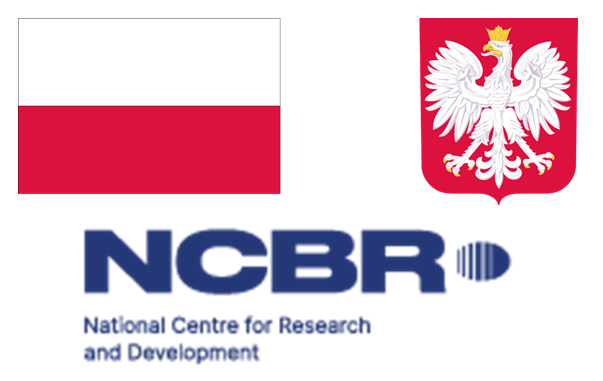
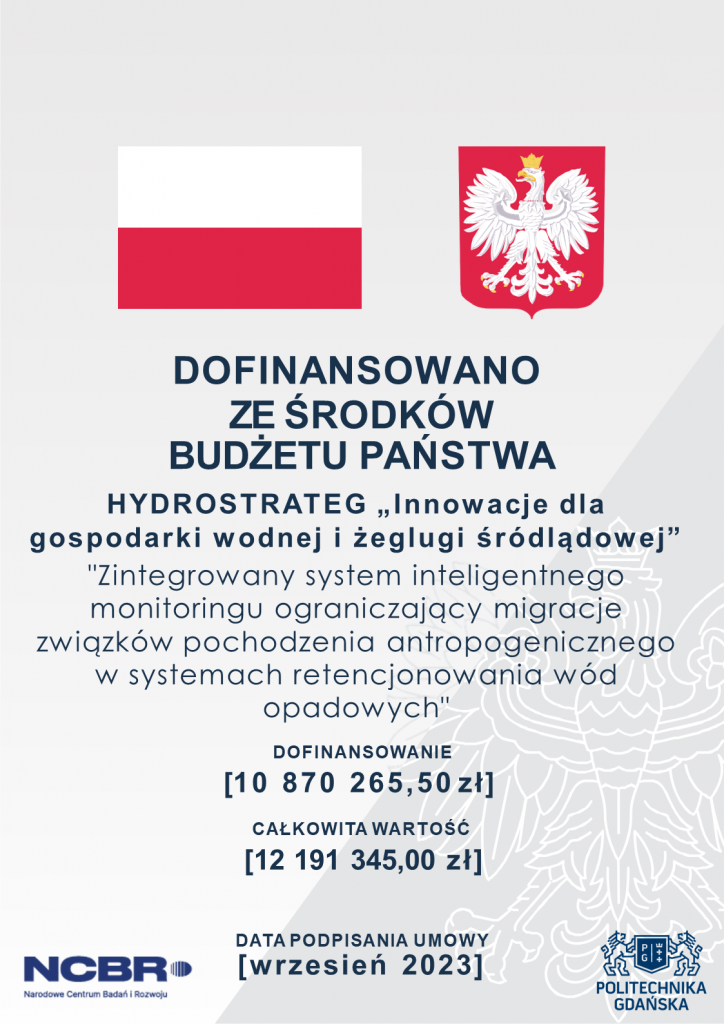
D4CZaPLa
UMO-2021/43/I/ST7/03205
UMO-2021/43/I/ST7/03205
Heterogenous diamond biosensing nanoarchitectures: opto-electro-chemical interactions with antibody complexes
The project aims to expand scientific cooperation with the Czech Republic and the Warsaw University of Technology. The project will deliver scientific publications in journals from the JCR list, new technologies developed and research equipment.
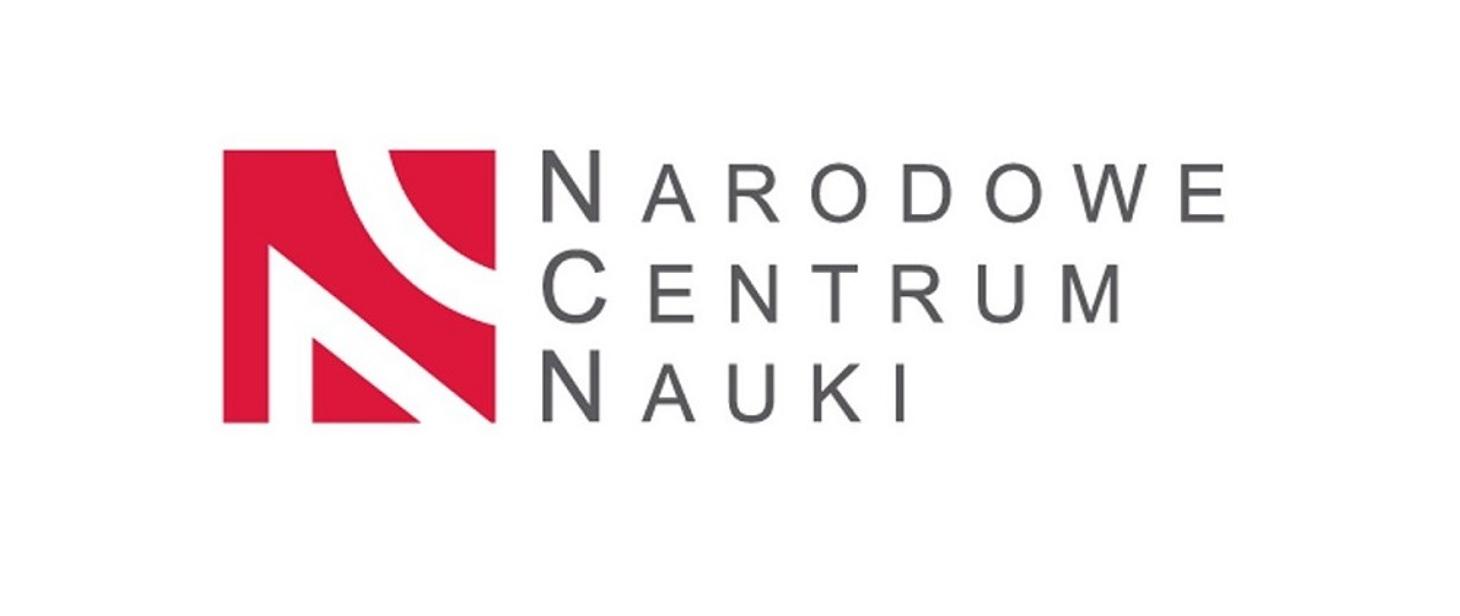
LiGAlert
SPS.MYP G6112
SPS.MYP G6112
Laser-printed early warning sensors: quantum detection of chemical and biological agents
The aim of the project is to develop innovative ultra-sensitive electrochemical sensors for detecting chemical and biological threats. This multidisciplinary project will be carried out in cooperation between Gdansk University of Technology and NATO partner units. The project will develop a unique technology. Scientific publications will be produced as part of the work.
Project with cooperation with:
- California Institute of Technology (United States)
- Ohio State University (United States)
- Johannes Kepler Universität Linz (Austria)
- University of South Bohemia (Czechia)
- Military University of Technology (Poland)
The innovative project QUNNA „Nanosensorics and imaging utilizing quantum effects – the synergy of glass and diamond for applications in the new generation of biodiagnostics” has been awarded funding (4.3 mln EUR) in a prestigious #TEAM-NET call organized by the @Foundation for Polish Science (2nd rank on the list). The project will be carried out by a consortium of @University of Warsaw, @Jagiellonian University of Cracow, @Gdańsk University of Technology #PolitechnikaGda and @Institute of Biotechnology and Molecular Medicine (IBMM).
The aim of the project is to apply phenomena of quantum physics for deployment of nanodiamond based technologies into innovative sensors that could be utilized in optical and magnetic research, electronics and medical diagnostics.
Within the 4 year-long project, scientists will explore new materials, components and photonic systems displaying specific magnetic and optical properties. The resulting optoelectronic solutions will be introduced to the market in order to advance diagnostics of neurodegenerative diseases and cancer, among others.
The aim of the first edition of the #TEAM-NET program organized by the @Foundation for Polish Science is to enable far-reaching projects carried out by a network of cooperating research teams managed by outstanding scientists. Only 5 out of 39 submitted projects were approved by a panel of distinguished experts.
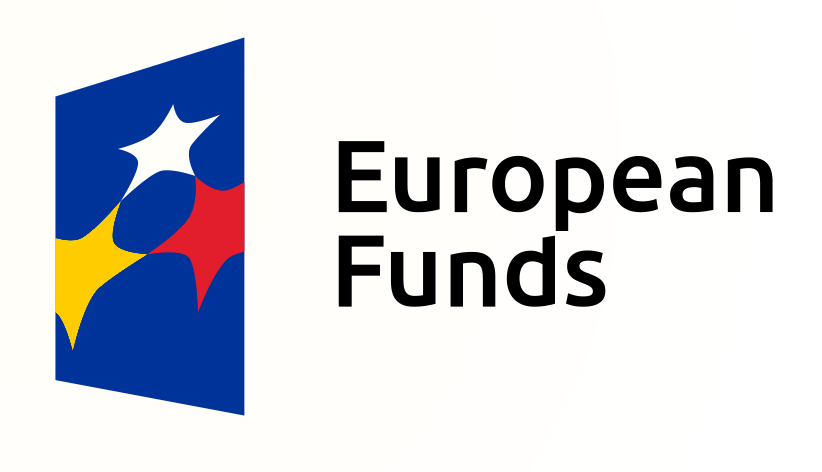
iClare
NOR/POLNOR/i-CLARE/0038/2019
NOR/POLNOR/i-CLARE/0038/2019
Intelligent remediation system for removal of harmful contaminants in water using modified reticulated vitreous carbon foams
Circulation economy of water is one of the most urging environmental challenges of our society. There are numerous silent killers dissolved in water, including drugs and antibiotics, hormones, dioxides and others. The efficient remediation system for the removal of these harmful contaminants may be successfully carried out by means of electrocatalytic processes, which serve as an eco-friendly procedure in comparison to other treatments. A number of requirements are placed on the electrode material for electrochemical water treatment systems, met only by few material types. These requirements include high overpotentials of hydrogen and oxygen evolution, chemical stability under large currents, non-toxicity, and others. The primary goal of this project concerns the design and fabrication of the electrochemical water treatment system, with implemented artificial intelligence procedures dedicated to identify and learn the most efficient operating parameters in order to dispose of a given mixture of contaminants. This high-performance electrochemical reactor will be build based on a novel type of electrode material. The proposed approach utilizes the application of reticulated vitreous carbon foams (RVC), with deposited modified metal oxides (MMO) and diamond thin films. The following setup is characterized by high surface area development and satisfactory mechanical and electrochemical properties, designed for high electrocatalytic process efficiency.
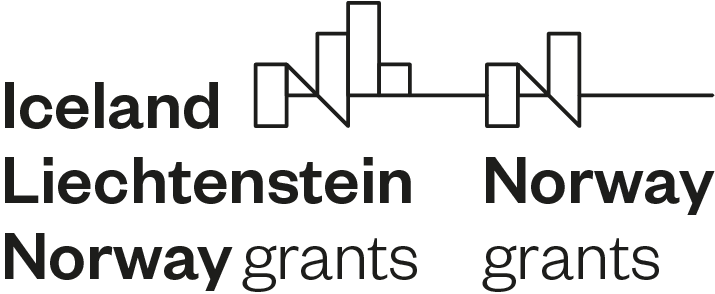
iClare + UA
NOR/POLNOR/iClare/0038/2019-00
NOR/POLNOR/iClare/0038/2019-00
Ph.D. Nataliia Bokla
Dynamic CFD simulation of fluid flowing through a porous reticulated vitreous carbon structure
The aim of this project is to create a simplified model for fluid flow through a porous structure using X-ray microtomography and CFD simulation. We focus on two key factors: Penetration and Porosity, with Permeability representing pore flow resistance and Porosity quantifying pore space volume. We rely on experimental data from Gdańsk University of Technology to determine these properties.
Our methodology involves numerical experiments and simulations using Navier-Stokes equations, concentrating on microscale structures. Our goal is to obtain porosity and permeability values, optimize flux, and determine volt-ampere characteristics, electrode loads, and electrochemical process efficiency. We apply symmetry boundary conditions

Upturn
NOR/POLNOR/UPTURN/0060/2019
NOR/POLNOR/UPTURN/0060/2019
Microfluidic cells for high-throughput multiple response analyses
The overall goal of the project is the development of a first-of-its-kind, multiparametric instrumentation equipment integrating microfluidic electrochemical cells and advanced microelectrodes materials, and being compatible with other in situ analysis technologies such as UV-Vis, FTIR/IR, Raman, NMR and ultra-fast laser spectroscopy. The main vision is to develop a powerful, yet flexible research tool, which is open to customization of all its components, experimental conditions and downstream analysis by users. We envision that such tools will revolutionize laboratory analysis in the future. A new, interdisciplinary, international research group was formed to implement this project and to achieve a high synergy of competences. The group is based on a consortium of the leading company redox.me (Poland), Institute Physical Chemistry PAS (Poland), Gdańsk University of Technology (Poland) and SINTEF (Norway). The project provides an excellent environment for training and educating young researchers, and a platform for gaining early career experience within the multidisciplinary, innovative industrial research settings. The project will promote long term collaborations between Poland and Norway: parts of the future product can be manufactured in Norway and the consortium will identify suitable partners to develop strategies for future joint grant applications.

Upturn +UA
NOR/POLNOR/UPTURN/0060/2019-00
NOR/POLNOR/UPTURN/0060/2019-00
Ph. D. Tamara Klymkovych
Microfluidic channels in boron doped diamond: fluid flows modelling for electrochemical micro-sized sensors
The overall goal of the project is the development of a first-of-its-kind, multiparametric instrumentation equipment integrating microfluidic electrochemical cells and advanced microelectrodes materials, and being compatible with other in situ analysis technologies such as UV-Vis, FTIR/IR, Raman, NMR and ultra-fast laser spectroscopy. The main vision is to develop a powerful, yet flexible research tool, which is open to customization of all its components, experimental conditions and downstream analysis by users. We envision that such tools will revolutionize laboratory analysis in the future. A new, interdisciplinary, international research group was formed to implement this project and to achieve a high synergy of competences. The group is based on a consortium of the leading company redox.me (Poland), Institute Physical Chemistry PAS (Poland), Gdańsk University of Technology (Poland) and SINTEF (Norway). The project provides an excellent environment for training and educating young researchers, and a platform for gaining early career experience within the multidisciplinary, innovative industrial research settings. The project will promote long term collaborations between Poland and Norway: parts of the future product can be manufactured in Norway and the consortium will identify suitable partners to develop strategies for future joint grant applications.

Au-minecraft
2020/37/B/ST7/03262
2020/37/B/ST7/03262
Electrochemical Au-Minecraft: a new approach towards the impedimetric biosensing system
The Au-Minecraft is the system that will allow for more precise electrochemical detection of selected biochemical interactions of proteins, enzymes, and DNA. This task will be possible thanks to the innovative use of gold nanostructures, appropriately surface-modified to identify host-guest interactions. The project will examine and determine how changes in the self-organization of gold nanostructures will affect charge transfer in the diffusion areas. The Au-Minecraft will detect impedance parameters resulting from changes in the heterogeneity level at the electrode surface, caused by the occurrence of specific intermolecular interactions and intentional, controlled disturbance of the sensor surface geometry.

PHOENIX
UMO-2022/45/B/ST8/02847 z dnia 2023-01-16
UMO-2022/45/B/ST8/02847 z dnia 2023-01-16
Upcycling secondary waste materials into topologically-optimized hierarchically porous composites to tailor the electrochemical degradation pathway of persistent organic pollutants
This project aims to realize smart assemblies of hierarchical carbon nanoarchitectures as tailored electrochemical interfaces, by upcycling secondary waste materials (SWM) as fillers and catalysts. Thanks to a novel approach, combining additive manufacturing with a controlled phase-inversion method, it is possible to realize the macroscopic structure of the carbon electrode, topologically optimized by CFD simulation. The further treatment by microwave plasma-enhanced chemical vapor deposition allows tailoring the surface with various nanostructures, such as doped-diamonds, carbon nanowalls, nanotubes and other exotic allotropes, due to the presence of metal impurities in the SWM. Indeed, the hierarchical macro-meso-microporous carbon electrode is expected to exhibit higher surface area, superior charge and mass transfer efficiencies and, at the same time, the plasma treatment limits the potential leaching of metals from the composite. The morphological, chemical and electrochemical characterization will be performed for the synthesized heterostructures. Finally, carbon nanoarchitectures will be tested as hybrid electrodes for removing water pollutants of actual concern. Shape and features at each scale will be tailored to optimize the process and the collected data will be analyzed by multivariate techniques to elucidate the relationships between the material features, specifically as it relates to the understanding of the intrinsic properties. This will result in scientific publications and know-how. It is planned to employ young scientific personnel and increase the research and measurement infrastructure of GUT.

The main objective of the project is synergistic co-operation focused on studies of electronic transport, magnetic and electrochemical properties of nanostructured conductive diamond films for superconductivity and pesticides sensing purposes.
This multidisciplinary project Poland-India, combining material research for sensors together with bioscience, is proposed for two years. The main benefit is introduced by the enhanced synergy of joined research which could not be performed at the separate laboratories in such a complex way. Our collaborative research will enhance the competence of both teams together with the potential of joint multidisciplinary publication.
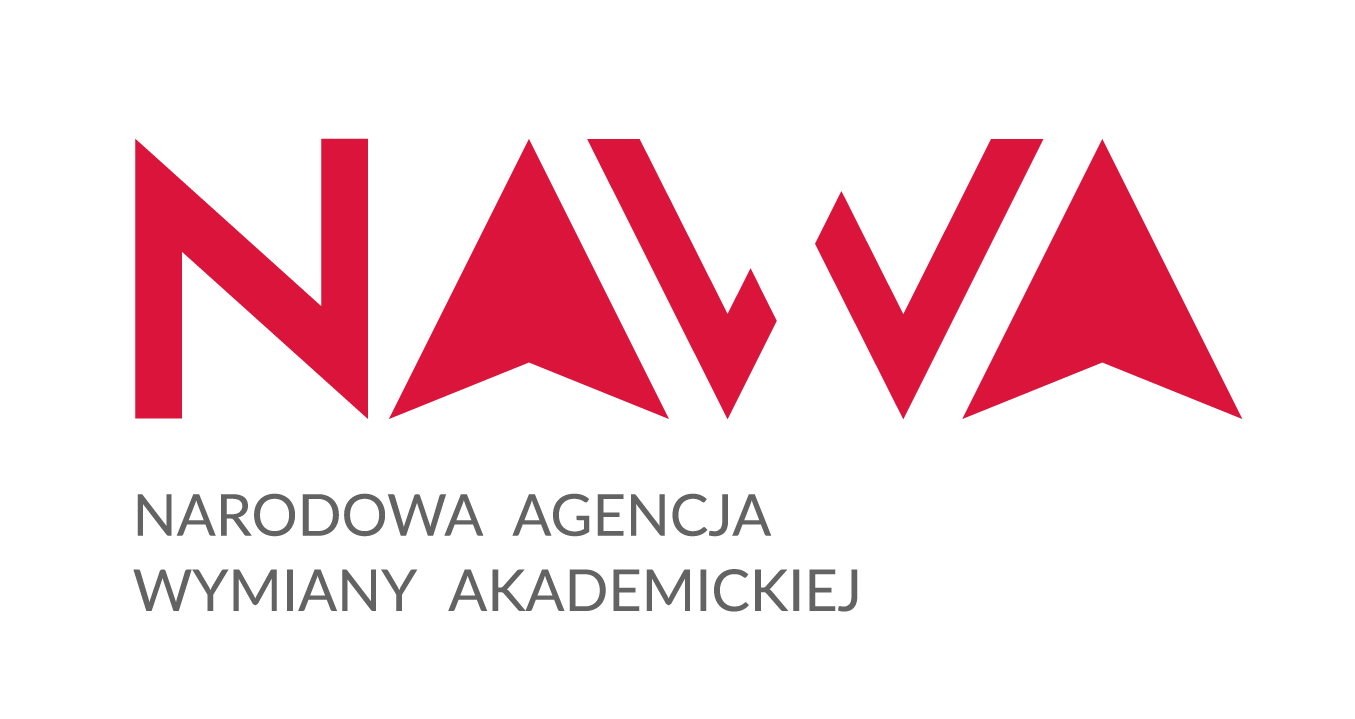
Completed projects
Diamond is an allotropic form of carbon. It consists of carbon atoms arranged in a regular structure. The structure may have defects such as admixture atoms or the lack of some of the carbon atoms when an empty space, the so called vacancy is formed. When a nitrogen admixture appears next to the vacancy in a diamond crystal, the specific Nitrogen-vacancy (NV) color center is formed which has specific physical properties and important applications. For example, a by acting on the NV center by light or microwaves, one can control its spin and therefore use it as a quantum controller. This solution may enable the realization of quantum computers and ultra-sensitive biosensors. Unfortunately, the distribution of nitrogen vacancies in diamond is random and the attempts to control their occurrence were, so far, unsuccessful. The control of this distribution can be achieved by using specifically introduced nanodiamonds in the optical fiber that interact with both light and microwaves. The authors study the possibility of placing the diamonds with nitrogen vacancies in the optical fibers and read/write quantum information contained therein in the form of a specific spin. Optical fibers can be arbitrarily long to allow transport of the information and have a small size so they can be miniaturized to the size of a microcomputer or a biosensing device.

In December of 2013 two groups reported that they had stripped black phosphorus to two or three atomic layers by using sticky tape to peel the layers off a larger sample — the same method used in 2004 to isolate layers of graphene. The puckered crystal structure distinguishes its physical properties from plane-structured graphene with a thickness-tuned bandgap ranging from 0.3 to ∼2eV. Its exceptional electrical properties include high hole mobility (∼1000 cm2/Vs) and high field-effect current modulation. A number of remarkable properties that actually make this now two-dimensional material a good candidate for next-generation electronics. Few-layer BP obtained by mechanical exfoliation from high-quality bulk BP crystal is extremely sensitive to the ambient environment, with modification typically commencing within one hour of exposure. It has to be used in a vacuum or effectively encapsulated or changing electrical and physico-chemical properties. Authors propose to apply nanodiamond foils fabricated in their lab for simultaneous selective encapsulation and transfer of electrical signal. Authors would like to apply this phenomenon for sensing purposes. The main aim of the study is to investigate various methods of phosphorene synthesis and perform deep studies on their electronic parameters versus different biological environments. We plan to focus our project of various important proteins and their sensing using flexible phosphorene devices. In near future they could be applied in wearable, even internal, biosensors that monitor even our most intimate biological processes or interact with our neural system (stretchable electronic or bioelectronics).

Our cells are relatively well protected from different types of intruders. Therefore, in order to get inside, the viruses need to hijack proteins, called receptors that are located at the surface of cells. Viruses bind to these proteins very tightly and use them as gateways to enter our cells. This mechanism is used by the variant of the SARS virus responsible for the current COVID-19 pandemic. More specifically, the SARS virus binds receptors called ACE2 that play an important role in regulating blood pressure. This binding process represents an important early stage at which the disease could be prevented using appropriately tailored new drugs. Unfortunately, at the moment we have quite limited methods allowing for studying the infection process of the SARS virus in the laboratory, relying mainly on experiments using small laboratory animals or culturing special types of cells in a dish. If only we had methods enabling us to reliably analyze the early stages of the invasion process, we could characterize this process better and search for new medicines that have a potential for preventing COVID-19 before the disease even starts.
To this end, scientists from the Gdańsk University of Technology in cooperation with researchers from the Institute of Biotechnology and Molecular Medicine (Gdańsk) and supported by simulations carried out in California Institute of Technology (Caltech, USA) will develop an innovative device, called iCovid, to study how the SARS virus invades human cells. They will employ special electrodes built of extremely small pieces of diamonds to which they will bind the very ACE2 receptor that is used by the SARS virus to invade. The properties of such a device, including its ability to transmit electricity, change when the ACE2 receptor binds whole viruses or even their fragments. In this way, it will be possible to very precisely investigate how the virus is using different proteins to attach and hijack normal cell receptors. This seemingly simple task will require a lot of innovative approaches and prototyping to achieve the required sensitivity and selectivity.
Apart from creating a tool for studying potential new drugs against COVID-19 for humans, researchers will also use the new device to check which methods efficiently inactivate the SARS virus in saliva and nose swabs. This is particularly important, as the virus in samples sent for laboratory testing is currently collected and transported alive, which can cause staff in diagnostic laboratories contract the disease. In the future, the iCOVID platform may be further developed into a high-throughput tool for screening large libraries of drug candidates with speed, ease, and significantly lower biohazard risks compared to the traditional research methods.
As far as research projects go, this one is planned for a relatively short period (18 months), which means that its first goals should be available for employment by the doctors and pharmacologists in a timescale relevant to the current pandemic. The results of the project will be broadly published both in Poland and worldwide.

The aim of the project is to develop and prepare to implement the innovative sensing platform for the rapid detection of a pandemic and epidemic. The project proposed the development of the technology of synthesis and modification of sensing structures based on thin films of diamond, titanium oxide, ITO and graphene to medium scale production, ultrasensitive tests to detect viruses and pathogenic bacteria.
DIAMSEC platform can be used for self-use by the patient, as well as to assist in the diagnosis of people in emergency departments, small clinics, and doctors’ offices, as well as in ambulances to the scene of the accident in order to rapid diagnosis of patients. It could also be used to conduct screening tests to detect sources and avoid the spread of infectious diseases. Thanks to the universal solution it can be also used in the veterinary medicine. Currently used methods for testing of biomarkers of disease, based on laboratory analysis of blood, saliva or urine of the patient are prolonged, thus treatment effectiveness is reduced.
In addition, these methods are insufficiently sensitive to detect low concentrations of clinically significant pathogens. Use of the platform DIAMSEC lead to shorter measurement time, a reduction in the amount required for the analysis of the sensitivity and the increase compared to the currently used methods at a much lower cost.
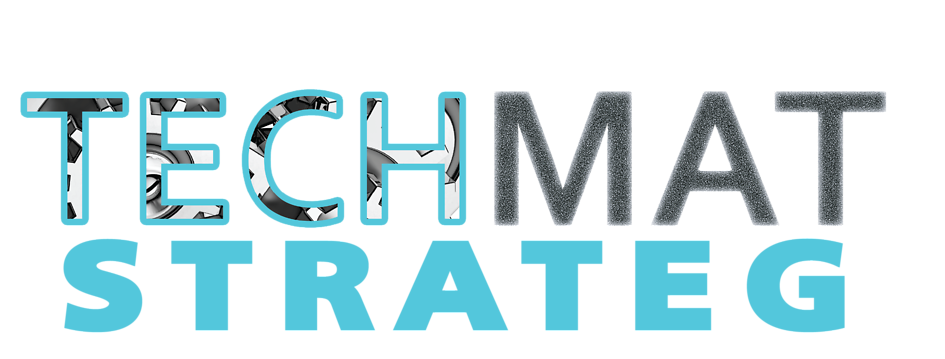
Innovative project on new materials for disposal of landfill leachate. The project is carried out in close cooperation between the Faculty of Electronics, Telecommunications and Informatics and Faculty of Civil and Environmental Engineering. The project will be implemented in cooperation with an industrial partner as well as public administration units and municipal plants.
Total eligible project cost: PLN 438,078.68
Grant amount from the Provincial Fund for Environmental Protection and Water Management in Gdańsk: PLN 350,000
Project report in PL:Click
We proposed to detect the energetic materials – explosives and compounds used for their fabrication in sewage and in suspected unauthorized dumpsites (information of the uniformed services). The continuous monitoring points: sewage treatment plants, airports, railway stations, the main sanitary facilities were chosen for detection system installation.
To achieve such capabilities, the authors proposed the use of new, multimodal detection systems based of mutually independent and complementary applied methods like optical spectroscopic techniques and current-voltage measurements in DC and AC mode. The combination of optical detection with simultaneous electrochemical measurement allowed to increase in probability of explosives detection demanded in the analysis of samples with low content of analytes.
This particular project was focused on development of opto-electrochemical system mounted and tested in the laboratory conditions. Next, future phase is to setup detection system in the form of floating buoy or hand-held tester depending on specific needs like constant monitoring or investigation of illicit activities (to be continued in next SPS project or other frame).

As part of the project, a technology for the production of continuous thin polycrystalline doped diamond electrodes (BDD) on silicon substrates, glassy carbon, titanium and quartz glass was developed. The laboratory can produce BDD electrodes on substrates with diameters from 5 mm to 50 mm. Several sensing platforms were studied and patented.
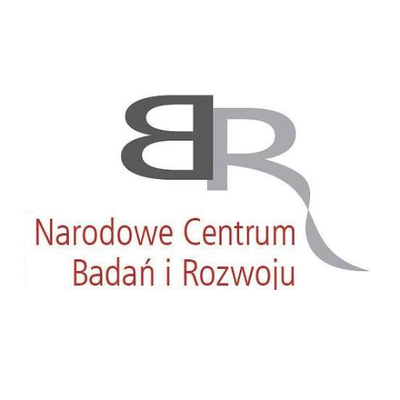
The research aims to develop the technology of synthesis, spatial shaping and functionalization of the surface of diamond layers for opto-electro-sensory systems. The general objective consists of three integral parts: 1. Development of effective methods of diamond nucleation and nucleation, as a result of which good adhesion of diamond layers to optical substrates (quartz glass) will be obtained. 2. Obtaining Microwave Plasma Assisted Chemical Vapor Deposition (pPA CVD) of semi-conductive / semi-metallic (diamond) sensor layers with a low optical absorption coefficient in the process of chemical vapor deposition. 3. Shaping and structuring of the surface enabling the construction of various types of sensors (fibers, microchannels, microreactors. Development of a stable and repeatable technology of coating optical fibers will allow obtaining microsensors working in analytical systems for testing nanolitre volumes of samples. Solving the presented, non-trivial scientific problem opens the way to producing a new one. classes of material for optoelectronic sensors based on diamond structures operating in demanding environmental conditions (biological, medicine, chemical, hazardous waste disposal) This topic is part of the integrated European research funding program Horizon 2020, under which the European Union confirmed that it will support key technologies – including micro- and nanoelectronics, photonics, nanotechnologies, space technologies, biotechnology and advanced materials. Innovative research on a global scale. The project will produce significant publications in highly rated ISI indexed journals. Technological achievements will be presented at international conferences. Participation in the research project will allow for the preparation of essential parts of the habilitation theses of the applicants, i.e. Robert Bogdanowicz, PhD Mateusz Śmietana and PhD Marcin Gnyba. As part of the work on the proposed project, at least 4 master’s theses and two doctoral theses will be prepared.

Our Partners







